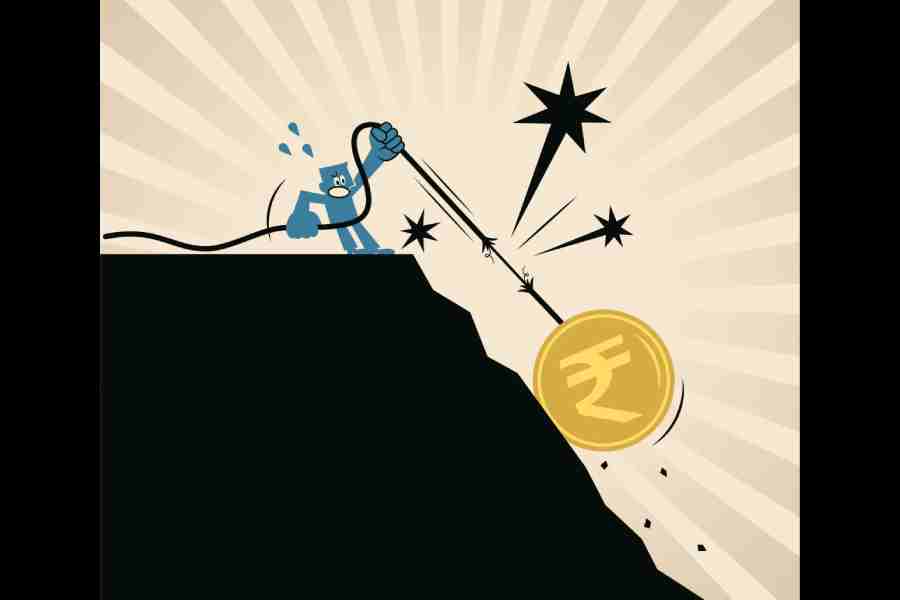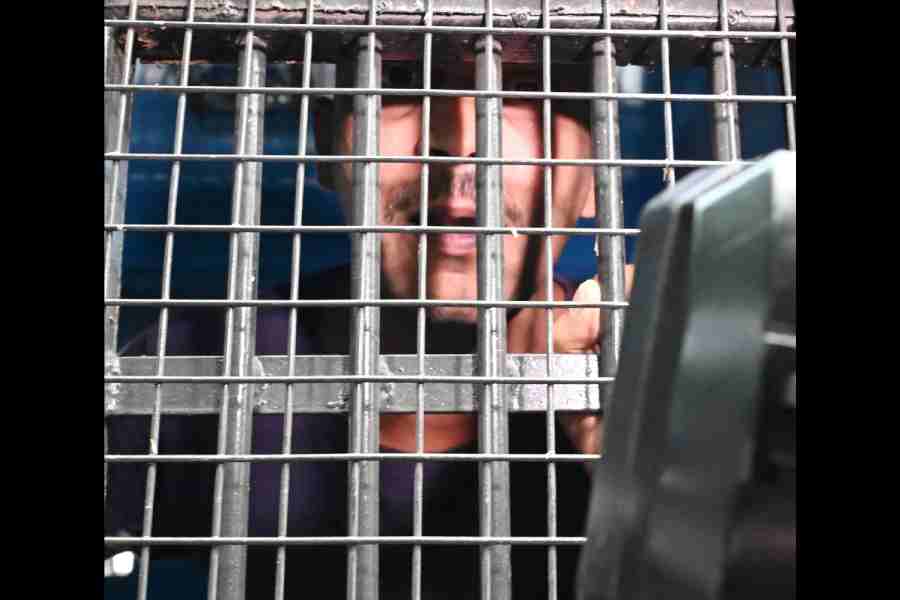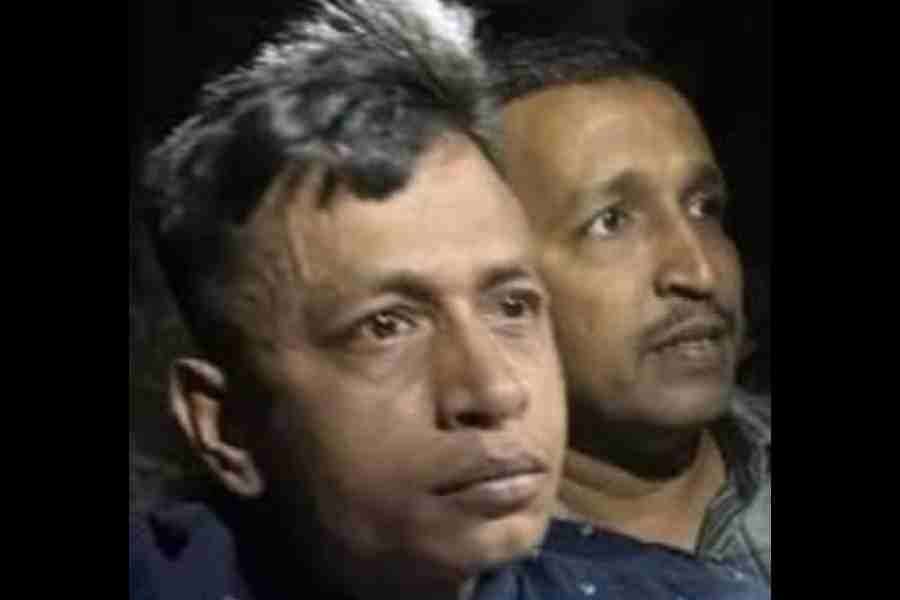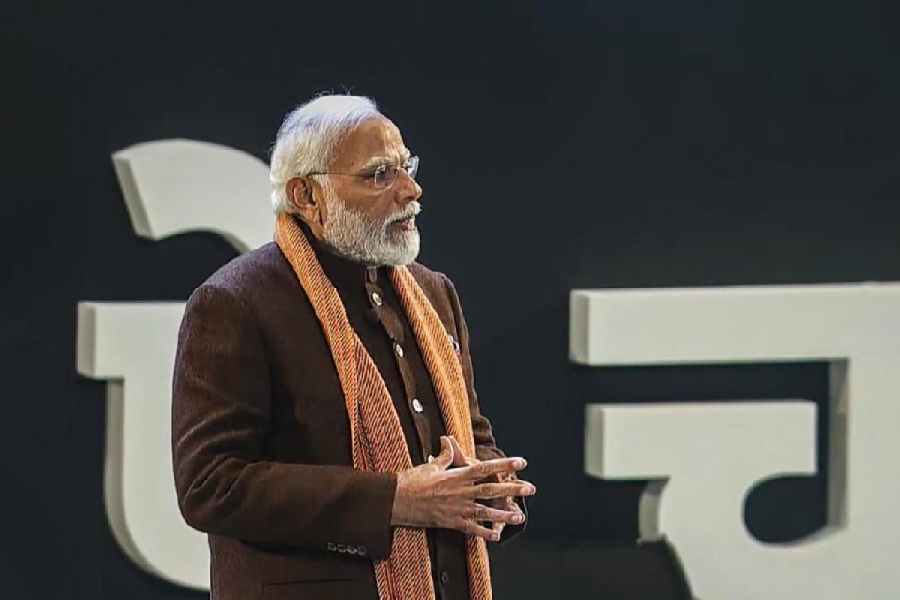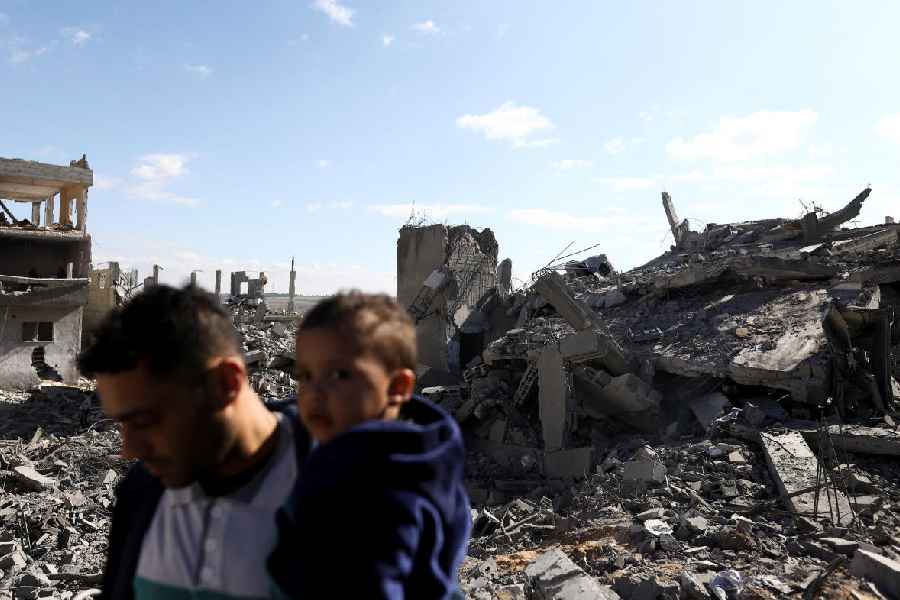The new year begins with very different settings than those of a year ago. Last year opened with an unexpected, positive turnaround defying the recessionary expectations. This year is off to a rocky start in comparison. A surging dollar is shaking other currencies, fundamental fiscal doubts are back to the fore, global yields are higher despite lower inflation, while trade and economic growth are slowing. Governments face tougher policy trade-offs with restricted spaces or none. Most are bracing for the new presidency in the United States of America and its promised agenda of tax cuts, raising tariffs and immigration checks. For India, a delicate macro alignment has formed with a depreciating currency, capital flight, and raised oil prices amidst an economic slowdown and fiscal burdens. The configuration points to a tightrope walk for macroeconomic policies. Unpredictability rules. Maybe 2025 will turn out to be better. At present, however, there are rising concerns about economic prospects.
Macro troubles have mounted for India, an emerging market economy vulnerable to dollar gyrations and global financial conditions. The year has begun with intensified rupee depreciation pressures, persistent outflows of foreign portfolio and direct investments, and falling stock and bond prices. An oil price flare-up has reinforced dilemmas. Altogether, these forces dragged down the rupee below Rs 86 to the US dollar by mid-January — a 1% fall from the end-December value and ~3.3% weaker than last October. The corresponding falls in equities are ~3% and 10%, respectively. The asset repricing has no doubt impacted the borrowing and deposit decisions of resident and non-resident Indians. There’s no visibility yet if the depreciation expectations have stabilised.
The sudden adverse turn in the macro environment coincides with a growth slowdown. The shockingly low real GDP growth of 5.4% in the September quarter of this financial year startled all. In December, the central bank lowered its annual GDP growth forecast to 6.6% from 7.2% before. It was an abrupt reversal of optimism. The first week of January 2025 showed the national statistical agency estimating real GDP growth slowing to 6.4% this year (2024-25). Last week, the International Monetary Fund followed by scaling down India’s growth forecast to 6.5% from 7% in October. These are hefty decreases. Compare this with last year’s opening note of 7.3% GDP growth in 2023-24 and the eventual outturn of 8.2%.
The steep, 1.8 percentage point drop in a year is sobering. It is notable that 2024 was a completely normal year. There was no turbulence and no shocks, positive or otherwise, occurred or impacted the economy. Why the economic performance deteriorated so alarmingly, against the expected consensus, amidst this tranquillity is puzzling. It raises searching questions that matter for the prospective growth. For instance, does the slowdown represent a normal downswing of the economic cycle? Or is it structural in nature? Most regard this to be cyclical, driven chiefly by the election-related drop in public capital spending. The Reserve Bank of India attributed it to higher inflation that dented company sales, which in turn slowed the demand growth deterring their investments.
We will find out ahead if the cycle turns up shortly. Or if economic growth has simply normalised after the pandemic, reverting to trend. ‘V’ is the typical recovery path after deep contractions (-5.85% in 2020-21 in India), whereafter growth reverts to its former trend; sometimes it settles to a lower equilibrium from a destruction of permanent output (business closures and loss of employment).
Slowing growth underlines the need for deploying fiscal and monetary policies for economic revival. The September quarter decline in growth was led by weak manufacturing and investment; both would benefit from lower borrowing costs or monetary easing. Likewise with subdued consumer spending, which currently suffuses the macro-policy discourse. There has thus been advocacy for tax cuts or direct consumption boosters in the upcoming budget by stakeholders, economists, and industry alike.
The policy choices are pitted against prudence and available room. Intensification of pulls and pressures impinging on external vulnerability favour the former, discouraging risk by either lowering interest rates or increasing public expenditure beyond limits. A rise in oil prices spoils all key macro metrics, external and internal. Matters worsen with currency depreciation, as is happening now. Together, they stoke inflation, putting the trade-off with the growth objective on a knife-edge. There are several additional
constrictions — narrowed spread vis-à-vis US interest rates, the repricing of global yields, competitor currency depreciations, particularly the Chinese renminbi, and the resurgence of fiscal risks weighing elevated public debts amidst slower growth and raised interest rates. Notwithstanding the recent softening of headline inflation — a noticeably weak demand lies in its core part — the changed alignments have sharpened the policy trade-off in a highly uncertain context.
On the fiscal front too, such developments normally compel belt-tightening. Pressures grow when these coincide with slowing tax revenues and nominal GDP growth, compulsions to reduce public debt, and the deficit towards repair and improvement of the public financial position. The balance tilts to the restricted deployment of fiscal policy, which must also build in some buffer against unanticipated shocks at vulnerable and uncertain times like now.
Prudential balancing of the policy mix is, therefore, called for. A tightrope walk, if you will. Does all this point to a cloudy growth outlook? Would cautious policy setting — no extra spending and, possibly, a smaller-than-expected deficit with continued pause of monetary policy — be a further drag upon growth? As can be seen, India’s macroeconomic picture has become a lot more vulnerable and complicated. Such configurations are best seen through by careful policy choices and caution to pave the way for calmer rowing ahead. The options are also the most difficult when real income growth is slowing or is stagnant or negative as has been the case for many segments. But then, these are the cards dealt out. Playing them well matters for the concerning economic prospects of 2025.
Renu Kohli is an economist with the Centre for Social and Economic Progress, New Delhi

